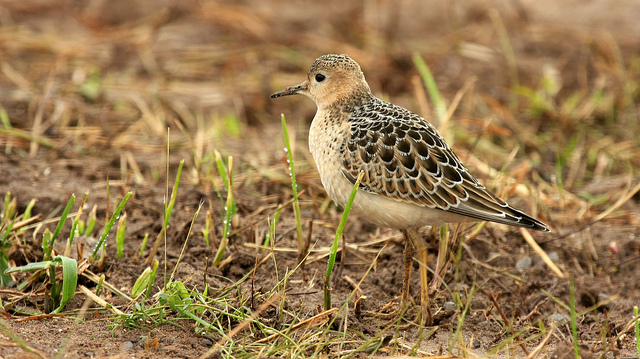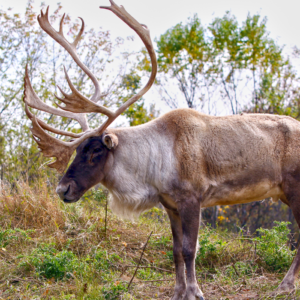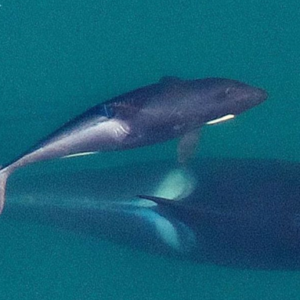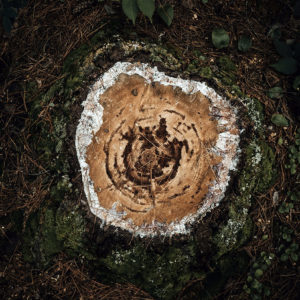5 Things You Didn’t Know about the Buff-breasted Sandpiper

Sharlene Amalu, Guest Blogger
This is written by guest blogger Sharlene Amalu.
This is the Buff-breasted Sandpiper, also known as the Tryngites subrufivollis. It’s a small shorebird with an average length of only 18-20cm a yellowish-beige body and a brown to black backside and wings.
This sandpiper has been listed as special concern in the Species At Risk Act (SARA) and the Committee on the Status of Endangered Wildlife in Canada (COSEWIC) also assessed this species as special concern.
Here are 5 things you didn’t know about the Buff-Breasted Sandpiper:
- The Buff-Breasted Sandpiper lives across Canada. The Buff-Breasted Sandpiper can be found in both the United States. In Canada, they live in all the Northern Territories, Western Canada, Ontario, and Quebec. However, they breed in regions located in the Arctic Hemisphere such as eastern Russia, Alaska, the Yukon and Northern Central Canada.
- Just like us, they need a vacation from winter. Buff-Breasted Sandpipers are snowbirds, migrating to warmer climates located mainly in Argentina, Brazil and Uruguay as early as mid-June to early July while migrating back early February through to late March.
- They follow the motto of “one for all, and all for one”. The Buff-Breasted Sandpiper is known to change flight course when they realize one of their flock members is injured, which results in this species being vulnerable to hunting.
- Grand gestures are everything when finding a mate. When looking for mate in their Arctic breeding grounds, males form groups and use courtship displays to attract females also known as lek mating displays.
- Home is where the heart is. After finding a mate, the females usually lays eggs eggs in a nesting located away from the congregation of males and in a low-lying grassy or mossy area where the eggs hatch mid-July, hence non-breeding females migrate south earlier.

“Buff-breasted Sandpiper” by Tim Lenz is licensed under CC BY 2.0
Unfortunately, habitat loss has caused some serious problems for their mating season, their migration and their preferred living habitat.
In their habitats of the Arctic where mating would likely occur is where mining developments have formed. The amount of garbage that accumulates from those developments also attracts more predators. Although the full impact on breeding is not fully known, it is definitely a concern.
Their North and South American habitats for non-breeding are also being developed for newer settlements and farmlands with grazing patterns consuming the short grass habitat that they reside. Pesticides also cause a range of symptoms from physiological impairment to death while changes in climate have resulted in irregular timing for breeding periods and food availability.
What can you do?
The Buff-Breasted Sandpiper is listed under Special Concern for COSEWIC and SARA and is protected under Canada’s federal Migratory Birds Convention Act (1994), and provincial/territorial legislation, however, their environment isn’t included. Do your part as an individual to mitigate climate change; make earth-friendly consumer choices to limit your greenhouse gas emissions.
Want to learn more about the Buff-breasted Sandpiper? Check out our profile on this bird for more facts and background!



